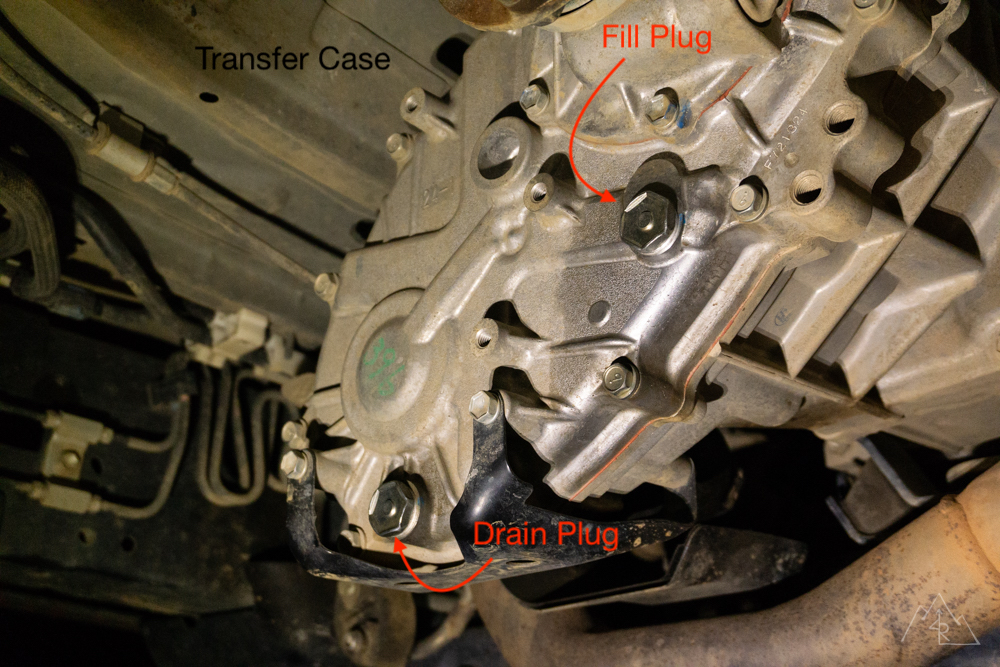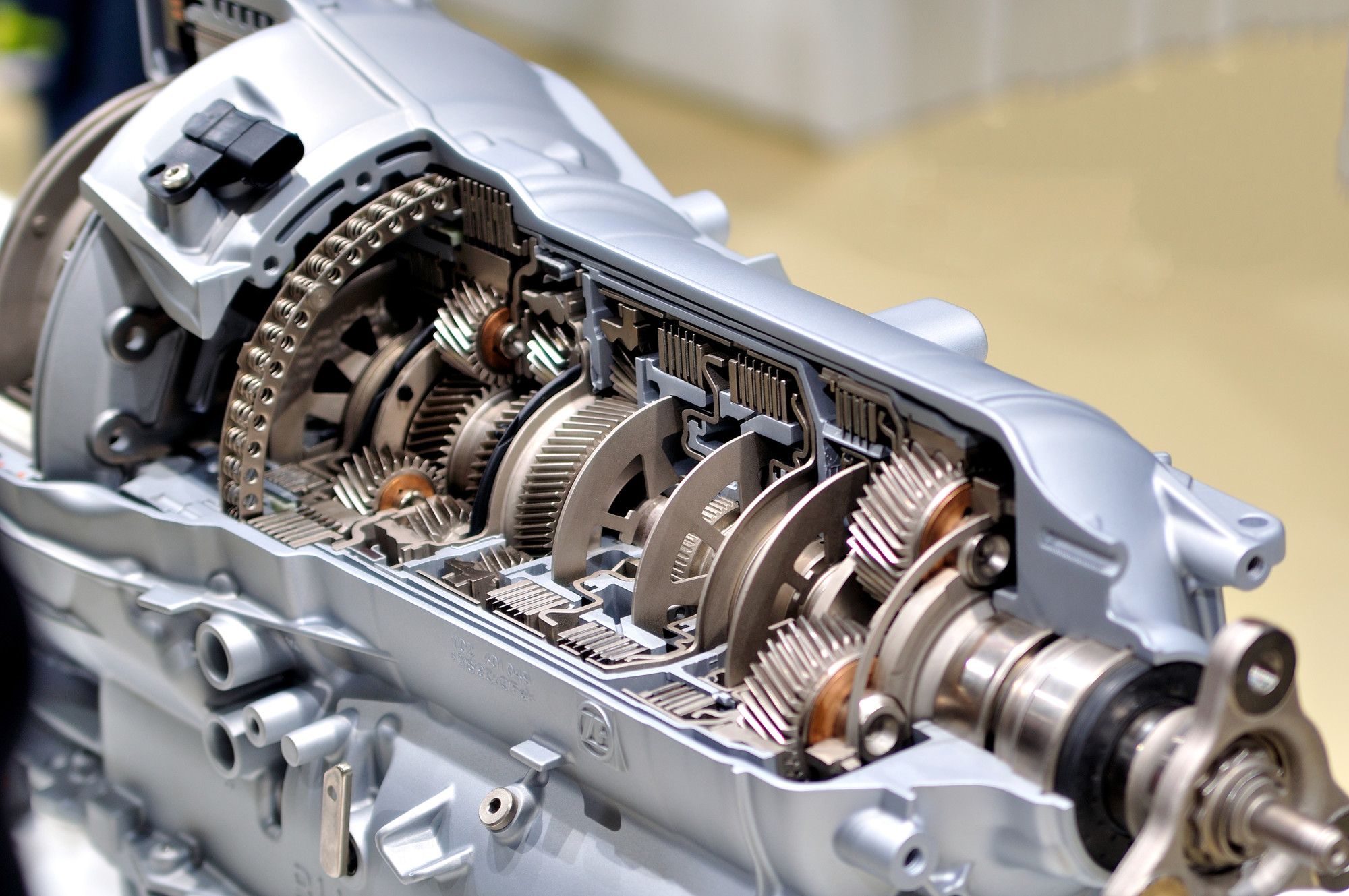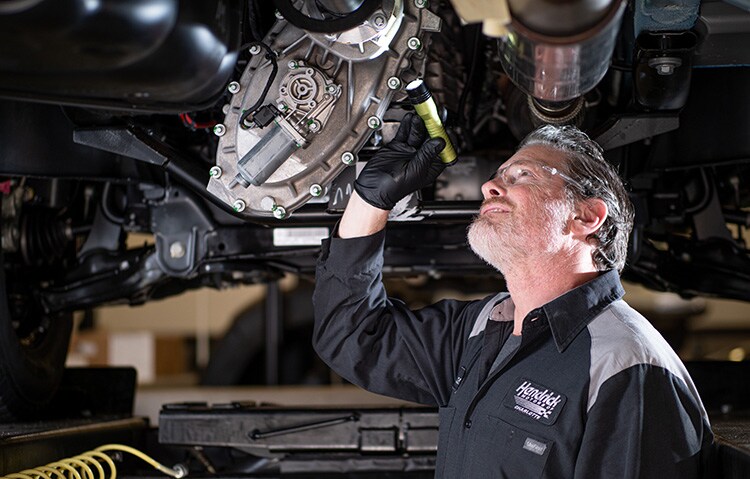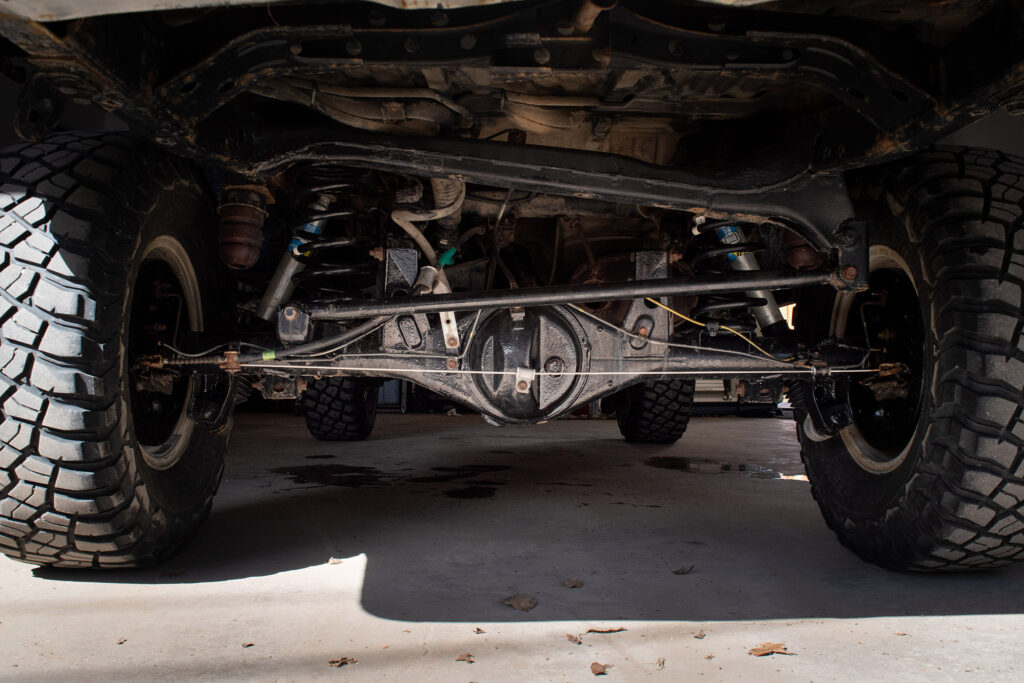The Vital Role Of Transmission Maintenance In The Longevity Of Your Toyota 4Runner
The Vital Role of Transmission Maintenance in the Longevity of Your Toyota 4Runner
Related Articles: The Vital Role of Transmission Maintenance in the Longevity of Your Toyota 4Runner
Introduction
With great pleasure, we will explore the intriguing topic related to The Vital Role of Transmission Maintenance in the Longevity of Your Toyota 4Runner. Let’s weave interesting information and offer fresh perspectives to the readers.
Table of Content
The Vital Role of Transmission Maintenance in the Longevity of Your Toyota 4Runner

The Toyota 4Runner, renowned for its ruggedness and off-road capabilities, is an enduring vehicle with a loyal following. However, like any complex machine, its performance and lifespan depend heavily on proper maintenance, particularly when it comes to the transmission. The transmission, a vital component that transfers power from the engine to the wheels, is subject to wear and tear, demanding regular attention to ensure optimal functionality and prevent costly repairs.
This article delves into the intricacies of Toyota 4Runner transmission maintenance, outlining essential practices, potential issues, and preventative measures to safeguard this crucial system.
Understanding the Toyota 4Runner Transmission
The Toyota 4Runner, depending on its model year, typically utilizes either a four-speed automatic, five-speed automatic, or a more recent six-speed automatic transmission. These transmissions, engineered for durability and off-road prowess, employ a sophisticated system of gears, clutches, and hydraulics to deliver smooth and efficient power delivery.
The Importance of Transmission Maintenance
Neglecting transmission maintenance can lead to a cascade of problems, ranging from sluggish performance and rough shifting to complete transmission failure. The consequences can be significant, including:
- Reduced Fuel Efficiency: A malfunctioning transmission can cause the engine to work harder, leading to increased fuel consumption.
- Compromised Performance: Rough shifting, slippage, or delayed engagement can hinder acceleration and overall driving experience.
- Premature Wear: Lack of proper lubrication and filtration can accelerate wear and tear on internal components, leading to costly repairs.
- Unexpected Breakdown: A failing transmission can lead to sudden and inconvenient breakdowns, leaving you stranded.
Essential Transmission Maintenance Practices
Regular maintenance is the cornerstone of a healthy and long-lasting transmission. Here are some crucial practices:
1. Fluid Changes: Transmission fluid, the lifeblood of the system, lubricates, cools, and cleans internal components. Over time, it degrades, losing its effectiveness.
- Recommended Intervals: Toyota recommends transmission fluid changes every 30,000 miles or 2 years, whichever comes first. However, more frequent changes, particularly in harsh driving conditions or towing, are advisable.
- Fluid Type: Using the correct type of transmission fluid is critical. Consult your owner’s manual or a Toyota dealership for the specific fluid recommendation for your model year.
2. Filter Replacement: The transmission filter traps debris and contaminants, preventing them from circulating within the system.
- Recommended Intervals: Replace the transmission filter at the same time as the fluid change.
3. Transmission Cooler Inspection: The transmission cooler, responsible for dissipating heat, can become clogged with debris, hindering its cooling efficiency.
- Inspection Frequency: Inspect the transmission cooler regularly, cleaning it if necessary.
4. Torque Converter Inspection: The torque converter, a vital component that transfers power from the engine to the transmission, can experience wear and tear.
- Inspection Frequency: While not a routine maintenance item, inspecting the torque converter for signs of wear or damage is essential, especially if you notice slipping or other transmission issues.
5. Transmission Pan Inspection: Inspecting the transmission pan for debris or leaks can provide valuable insights into the health of the transmission.
- Inspection Frequency: Inspect the pan during each fluid change.
Common Transmission Problems in Toyota 4Runners
While Toyota 4Runners are known for their reliability, certain transmission issues can arise over time. These include:
- Slipping: This occurs when the transmission loses its ability to engage gears properly, resulting in a loss of power or a slipping sensation.
- Rough Shifting: This can be caused by worn-out clutches, faulty solenoids, or low fluid levels.
- Delayed Engagement: The transmission may hesitate or delay in engaging gears, particularly when shifting from Park or Reverse.
- Fluid Leaks: Leaks can be caused by worn-out seals, damaged hoses, or a cracked transmission pan.
Preventative Measures for Transmission Longevity
Taking preventative measures can significantly extend the life of your Toyota 4Runner transmission:
- Avoid Aggressive Driving: Excessive acceleration and hard braking can put undue stress on the transmission, accelerating wear and tear.
- Towing Safely: When towing, ensure the load is within the vehicle’s towing capacity and use a properly sized trailer hitch.
- Regular Inspections: Schedule regular inspections of the transmission and its components to identify potential issues early.
- Proper Fluid Levels: Ensure that the transmission fluid level is within the recommended range.
- Avoid Overheating: Monitor the transmission temperature, especially during towing or in hot weather.
FAQs Regarding Toyota 4Runner Transmission Maintenance
1. How often should I change the transmission fluid in my Toyota 4Runner?
The recommended interval for transmission fluid changes is every 30,000 miles or 2 years, whichever comes first. However, more frequent changes are advisable in harsh driving conditions or when towing.
2. What are the signs of a failing transmission in my Toyota 4Runner?
Signs of a failing transmission include slipping, rough shifting, delayed engagement, fluid leaks, and unusual noises.
3. Can I add transmission fluid to my Toyota 4Runner myself?
Adding transmission fluid yourself is not recommended. It is best to have a professional mechanic check the fluid level and perform any necessary maintenance.
4. How much does it cost to repair a Toyota 4Runner transmission?
Transmission repair costs can vary significantly depending on the severity of the problem and the model year of your vehicle. Minor repairs may cost a few hundred dollars, while major overhauls can reach several thousand dollars.
5. What are some tips for extending the life of my Toyota 4Runner transmission?
- Avoid aggressive driving.
- Tow safely within the vehicle’s towing capacity.
- Schedule regular inspections.
- Maintain proper fluid levels.
- Avoid overheating.
Conclusion
Maintaining your Toyota 4Runner’s transmission is crucial for ensuring smooth performance, optimal fuel efficiency, and a long lifespan for your vehicle. By adhering to recommended maintenance schedules, addressing potential issues promptly, and practicing preventative measures, you can safeguard this vital component and enjoy a reliable and enjoyable driving experience. Remember, preventative maintenance is the key to avoiding costly repairs and maximizing the longevity of your Toyota 4Runner.








Closure
Thus, we hope this article has provided valuable insights into The Vital Role of Transmission Maintenance in the Longevity of Your Toyota 4Runner. We thank you for taking the time to read this article. See you in our next article!
You may also like
Recent Posts
- The 2025 Toyota 4Runner: A Legacy Reimagined
- The Enduring Appeal Of The Toyota 4Runner Manual Transmission 4×4
- The Toyota 4Runner TRD Off-Road: A Legacy Of Adventure, Reimagined For 2025
- The Anticipation Builds: Unveiling The Next Generation Toyota 4Runner
- The 2025 Toyota 4Runner TRD: A Legacy Of Adventure Reimagined
- The Future Of Color: Exploring The Significance Of Color Trends
- The Toyota 4Runner: A Legacy Of Capability, Now With Expanded Seating
- The Toyota 4Runner Timing Belt: A Vital Component For Engine Longevity
Leave a Reply